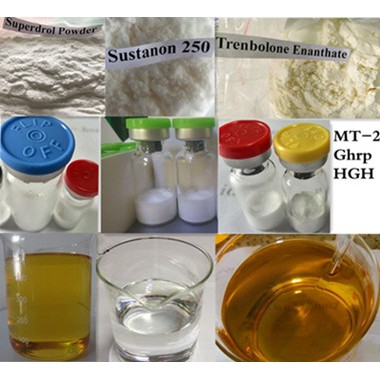Anabolic Toremifene Citrate Raw Steroid Powder Fareston Powder 99% CAS 89778-27-8 for Anti Estrogen
Quick Details:
Toremifene Citrate
Synonyms: FC 1157a; Fareston; NK 622; NSC 613680
CAS Registry Number:89778-27-8
Assay: 99%
Molecular Formula: C26H28ClNO.C6H8O7
Molecular Weight: 598.09
Melting Point: 158-164 ?C
Boiling Point: 535.1 ?C at 760 mmHg
Density: 1.045g/cm3
Refractive index: 1,416-1,418
Appearance: White or almost white powder
Usage:Originally developed to fight breast cancer, bodybuilders have used Fareston to successfully fight gynocomastia caused when testosterone converts to estrogen in the body and men grow breasts. This substance can be used for little else and other similar compounds, such as Nolvadex or Clomid, are much more effective in post-cycle-therapy.
Other drugs in same class:Anastrozole,Letrozole,Tamoxifen citrate,Exemestane
Product Description:
Product name Toremifene Citrate
Other name FC 1157a; Fareston; NK 622; NSC 613680
CAS register number 89778-27-8
Molecular formula C26H28ClNO.C6H8O7
Molecular weight 598.09
Assay 99%
Appearance White or almost white powder
Package 1kg/aluminium foil bag or as required
Usage can be used as pharmaceutical material
Minimum order quantity 10g
Shipping By express courier
Shipping leading time Within 12 hours after receiving the payment
Payment options Western Union, MoneyGram, T/T
Price Negotiated
Application:
Toremifene citrate is an oral selective estrogen receptor modulator (SERM) which helps oppose the actions of estrogen in the body. Licensed in the United States under the brand name Fareston, toremifene citrate is FDA-approved for use in advanced (metastatic) breast cancer. It is also being evaluated for prevention of prostate cancer under the brand name Acapodene.
It has already been covered that Toremifene is a SERM, and serves to block Estrogen at various receptor sites in certain tissues within the body (breast tissue in particular). As a layman explanation, Toremifene pretends to be a ‘fake’ Estrogen that occupies Estrogen receptors within breast tissue. With these receptors occupied by Toremifene, real Estrogen cannot perform their jobs there. Toremifene does not reduce total blood plasma levels of Estrogen. In addition to being antagonistic to Estrogen receptors in breast tissue, it is also antagonistic to Estrogen at the hypothalamus gland (this essentially ‘tricks’ the hypothalamus into thinking there is little or no circulating Estrogen levels in the body, causing it to increase its manufacture of Testosterone so that it can utilize aromatization to restore these levels.
Toremifene is also agonistic to Estrogen receptors in other tissues in the body (within the liver in particular). This means that whileToremifene will act as an anti-estrogen in breast tissue and the hypothalamus, it will act as an Estrogen within the liver. This can have beneficial impacts especially during an anabolic steroid cycle, such as improving and shifting cholesterol levels into a more favorable range.





